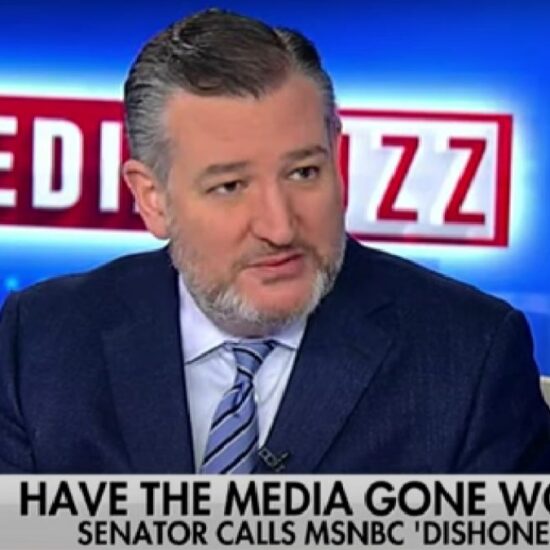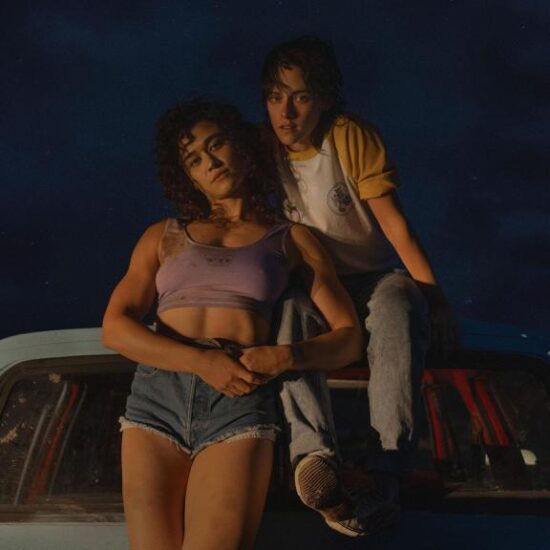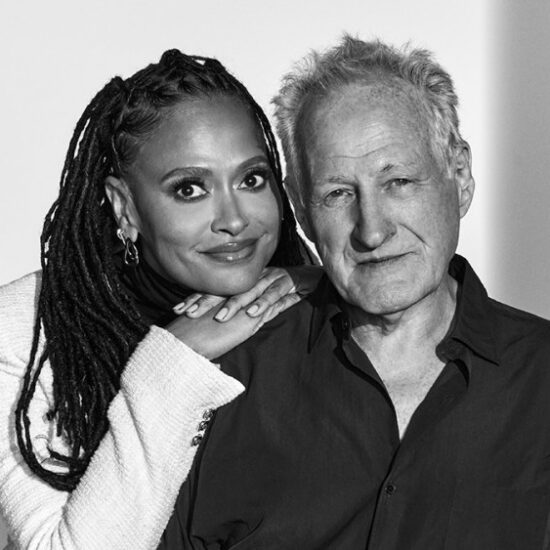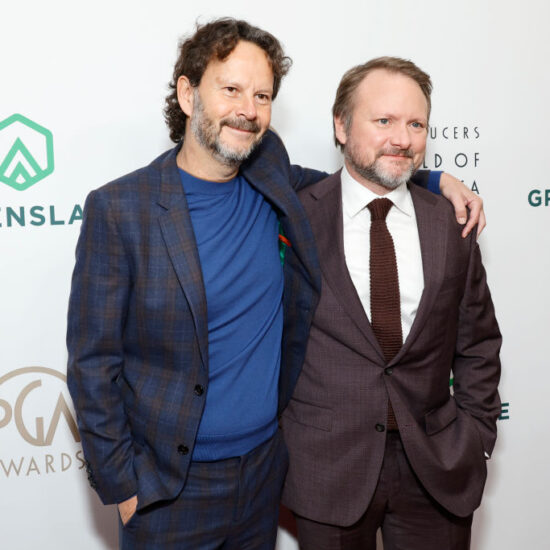
News clips of the war in Ukraine only go so far in depicting the impact of Russia’s brutal invasion, which has killed more than 6,000 civilians and injured almost 10,000 more, according to the UN’s Office of the High Commissioner for Human Rights.
To experience the reality of the war on a more profound level, turn to Evgeny Afineevsky’s documentary Freedom on Fire: Ukrainians Fight for Freedom. It screened Tuesday night as part of Deadline’s For the Love of Docs virtual series.
“We wanted to try to influence that the war will not be neglected,” Afineevsky explained during a panel discussion after the screening, “that people not will forget that every day innocent people are dying.”
Afineevsky earned an Academy Award nomination for his 2015 film Winter on Fire: Ukraine’s Fight for Freedom, which showed the popular uprising in Kyiv’s Maidan Square that led to the ouster of the pro-Kremlin President Viktor Yanukovych. It was that revolt that prompted Russian President Vladimir Putin to snatch Crimea and to foment a separatist movement in Ukraine’s eastern provinces, before he greenlighted the full-scale attack in February.
The filmmaker, who was born in Russia and now lives in the U.S., had watched with growing alarm as the West turn its attention away from Ukraine after the Kremlin’s 2014 annexation of Crimea.
“It disappeared from the media, disappeared in front of the eyes of the world audience,” Afineevsky observed. “And for all of us, for our big crew, it was really necessary to bring as quick as possible [Freedom on Fire] to the big screen and remind the world of the negligence of eight years. Closing eyes for eight years on the war that happened in Ukraine led us to this full-fledged invasion this year.”
Afineevky and his team, including producer-editor Will Znidaric, got to work on the film within days of the invasion, assembling a phalanx of cinematographers.
“We created an astonishing 43 filmmaker-team that was capturing different places, literally eyes on the ground, hands on the ground,” Afineevsky said, “discovering different characters, which I’ve been able to interview myself.”
With most documentaries the majority of footage is “in the can” before an edit starts, but for Freedom on Fire, the film came together essentially in real time.
“Normally on a doc you have the material you’re going to work with in total that you start with. There’s a beginning, middle and an end,” Znidaric said. “You work on crafting the structure and designing the architecture of the experience. With this, we had a beginning and that was about it. And material continued coming in almost weekly because it was happening in front of our eyes.”
He added, “I had never experienced anything like that in terms of editing a documentary. So we embraced the challenge… and native Ukrainian speakers and Russian speakers were a key part of that to help assess the footage coming in.”
The film includes remarkable imagery, including an older man in the street, trying to stop a tank in its tracks; the mother of a young Ukrainian soldier sewing protective vests into army uniforms; a man with cerebral palsy trying to flee with the use of his walker; a man running under a bridge to seek shelter after a bombing, with his young daughter slung over his shoulder.
These kinds of scenes turn the war in Ukraine from a news headline into a visceral experience. Znidaric cited other raw footage that stunned him during the edit.
“The stand-up comedy show in a bomb shelter, for example, or these little kids talking about trying to give [toy] dinosaurs and robots to the [soldiers],” Znidaric said. “That’s material where you really stop and say, hey, we’ve got something that really has some dimension to the human experience, and that we knew we wanted to work into the film.”
Afineevsky says of his larger purpose for the film, “We wanted to influence with our craft, with our storytelling ability, for the people to learn about this story, to learn about the war, and in the same time to try to influence the outcome.”
The outcome will depend largely on whether people in the U.S. and the West in general continue to care about the fate of Ukraine.
Watch the full conversation above. And look for a new film each Tuesday in our For the Love of Docs virtual screening series, presented by National Geographic.













